How Does Magic Re-Use Old Mechanics?

Magic seems to love its older sets. Between the number of anthologies, revisits, and remasters of older sets, you can expect plenty of older settings and mechanics to show up again and again. In the aftermath of ONE and the ending of the Phyrexian saga, we've started re-visiting some older planes, starting with Wilds of Eldraine and now Lost Caverns of Ixalan, and then leading into 2024's Ravnica Remastered. While these repeated planes do offer chances for reprints and completed cycles, what always interested me was how WOTC uses these repeated settings to revisit the mechanics of each plane and refine them. Sometimes there's a mechanic that just doesn't land, or a concept that is well-loved but disruptive, and the criteria for what mechanics should return and how they should be re-used can shed light into how each plane fits into the overall game of Magic: The Gathering.
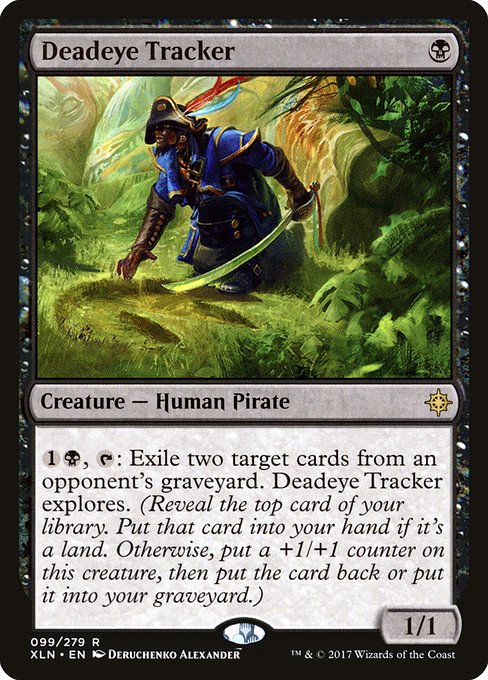
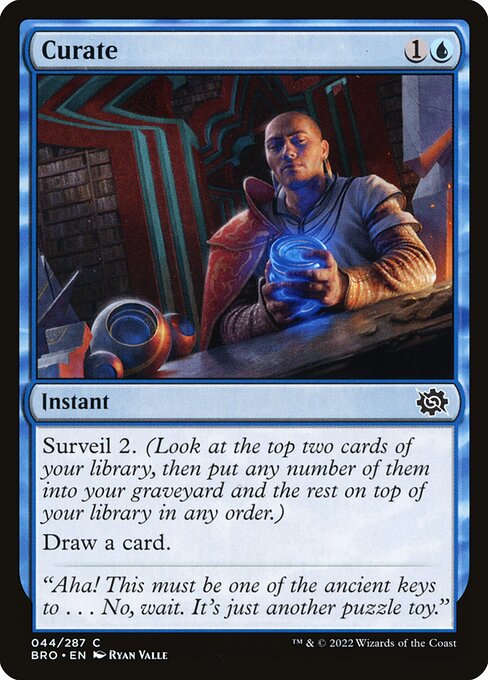

In Mark Rosewater's ‘Making Magic' series on the WOTC main site, we can glean insight into how RnD decides on mechanics to include in returning planes or anthology products. Mechanics are reviewed by the players: the ones that stand out, and are a hit with players across multiple formats are almost guaranteed to come back. For Lost Caverns of Ixalan, RnD looked to Explore as an example of these mechanics. Explore offers quicker games in limited, and more consistent decks, while adding additional mechanics into the pools for Standard and Modern: two of the biggest audiences of Magic. Rosewater discusses how they approached Explore as a way to dig deeper into the deck, and how Explore would lead to dig (A version of Surveil that could be paid for with a mana cost.), and dig would lead to the final version that made it into LCI: Discover. The anecdote of Explore highlights how many sets need these variants of simple card draw: it smooths out the randomness of draft and enables decks in non-limited formats. Whether by profiting off of the card draw effect, trashing cards to pay for alternate costs, or just giving additional options for drawing in colors that lack dedicated engines- Discover (And effects like it!) are a critical component in making sets more fun to play.

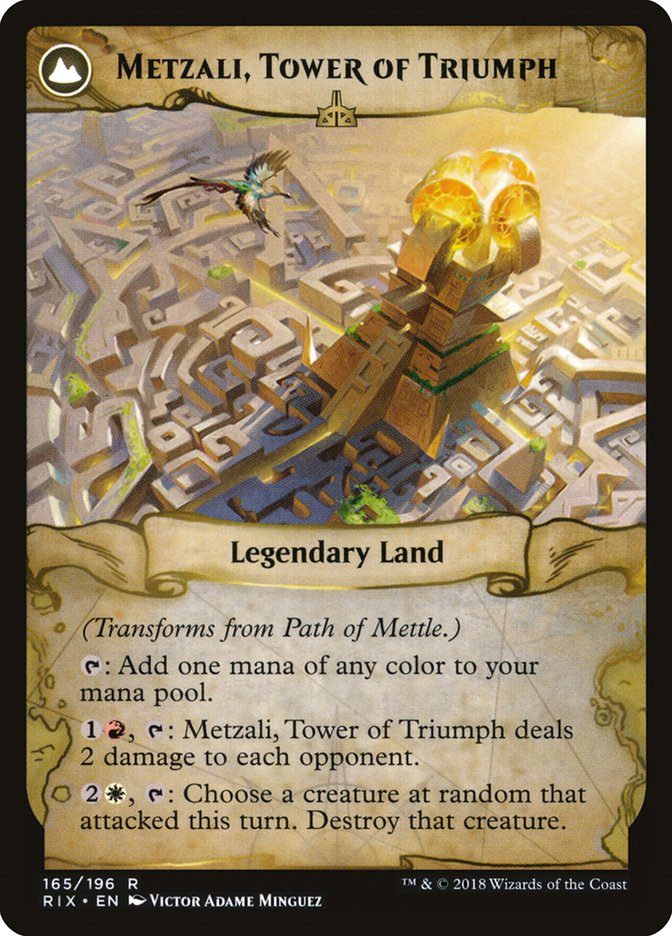
Also inside this article, Rosewater discusses the best received mechanic from the Ixalan block: transforming dual-faced cards. Dual-sided cards have always been well-liked mechanically, but even better is the flavor that transforming cards offer. The format of one card becoming another is very expressive. In just Ixalan we saw TDFC's used to represent finding lost treasures from relics to creating new and powerful devices from ancient technology in Craft. TDFC's allow two cards to be linked intrinsically. Rather than requiring two separate cards to be present in a deck, such as in the example of Goldmane Griffin searching Ajani, Inspiring Leader, the cards can be merged on a single, elegant entry. Despite the positive reception of double sided cards between RnD and players, it is expensive to print cards like this. While most sets would benefit from the narrative aids that these cards offer, it seems infeasible for Wizards to make the dual-faced cards deciduous.
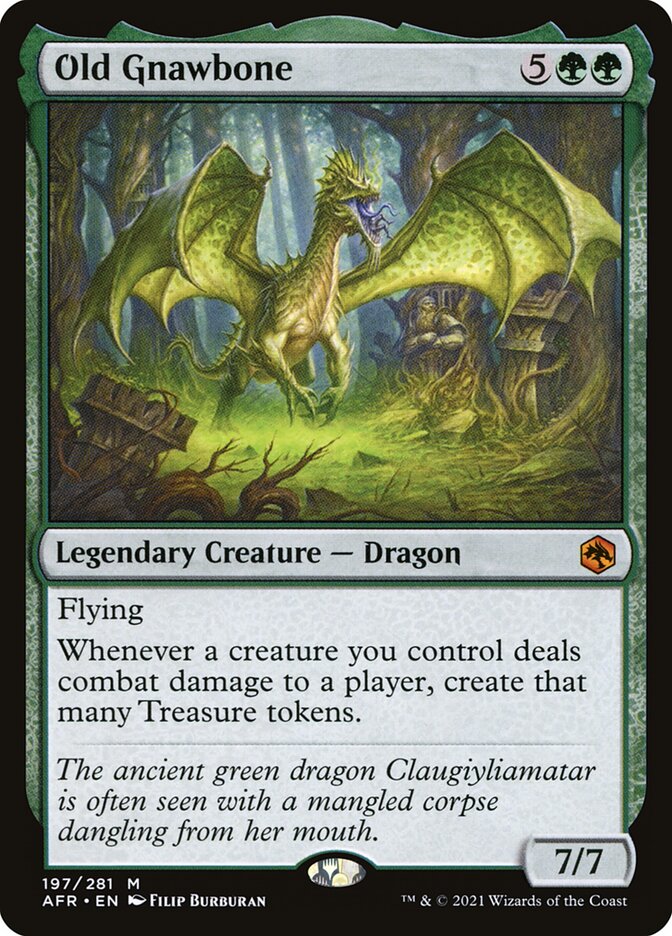
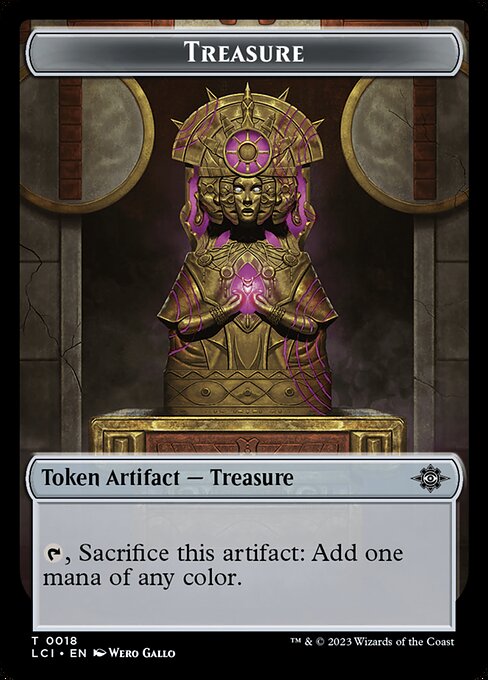
However, as Rosewater points out, other mechanics from the Ixalan block have moved to deciduous. Treasure was inspired from the older Gold tokens created by King Macar, the Gold-Cursed, and have become a staple of Pioneer and Commander as a means to fuel and fix mana across many many decks. Mechanics that are deciduous are linked to what we call evergreen mechanics: while evergreen mechanics are included in every set, deciduous mechanics have more nuance. Surveil became deciduous about one year ago, and the WOTC site discussed what criteria these mechanics must meet: A deciduous mechanic is defined enough to emphasize another mechanic that is core to the identity of the set, but it remains generalized enough to not force a thematic or mechanical drain on the set. A mechanic such as Hideaway would be difficult to mesh into a world that is not the crime-laden, urban environment of New Capenna. A mechanic like Hellbent would be obstructive in a set that does not offer many discard outlets. However, mechanics such as treasures are less intrusive; they can support sets that are split across three colors as fixing, and empower artifact matters strategies. Treasures are permanents, meaning they can be sacrificed and tapped as a cost as well. Because of the flexibility of Treasure from the older Ixalan block, we have seen Treasure becoming a deciduous mechanic to support more restricted and defined mechanics in sets.

When we return to a plane, we are faced with the decision of what must return. Some mechanics are so intrinsically tied to a plane that it is unheard of to see that mechanic left out from a return. What would Alara be without Cascade? Even the mechanics that do not receive such high praise can be the jumping off point for new designs on the return. We can see what didn't work, what critiques are needed, and how failed mechanics can be adjusted into something flavorful and powerful.










